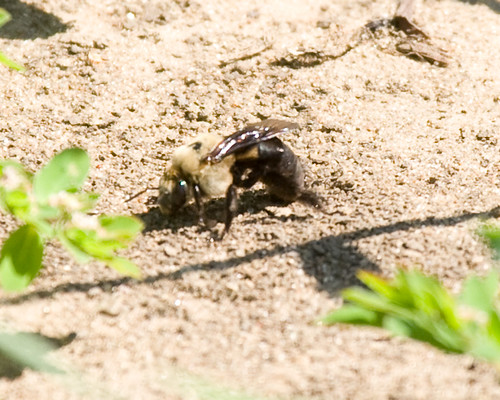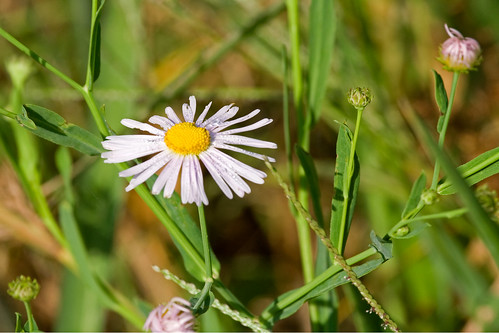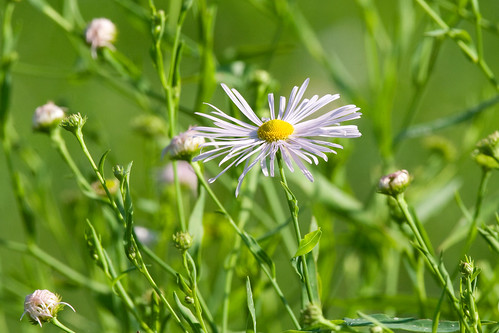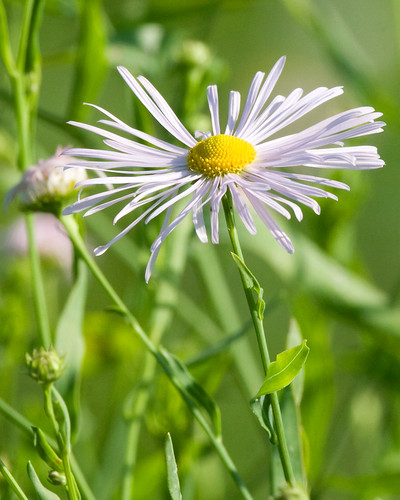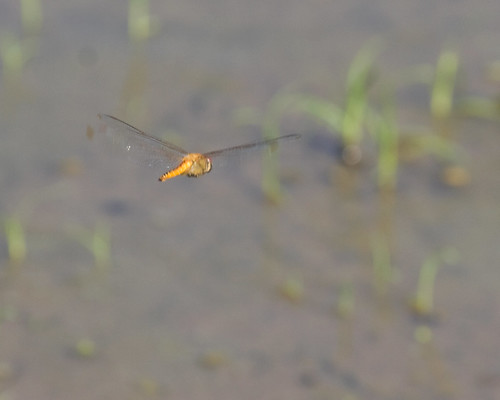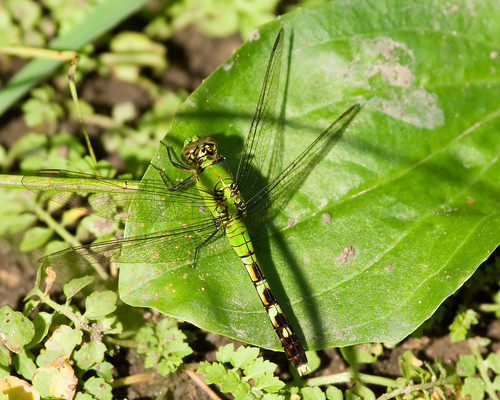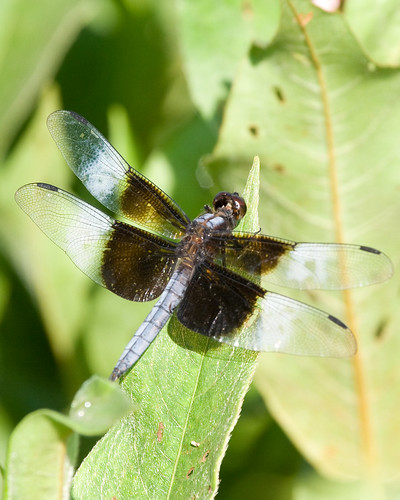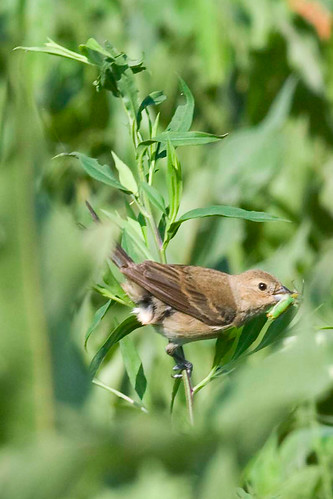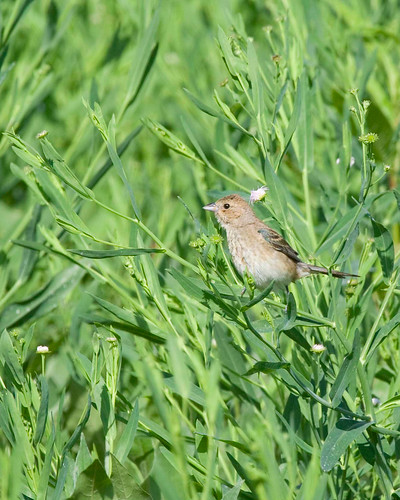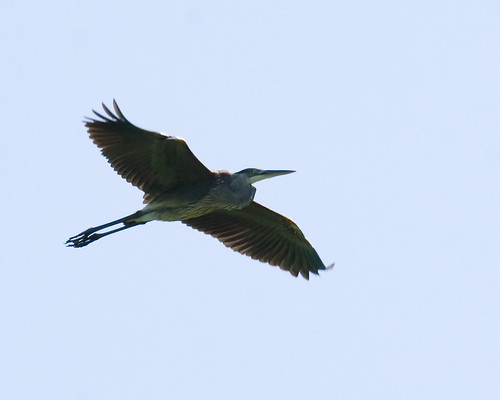

We found many dragonflies on our walk: Twelve-spotted Skimmers (male and female), Widow Skimmers (dozens of males and females), Eastern Pondhawks (male and female), Ruby Meadowhawks (I think, female), Common Whitetails (male and female; one male was eating a tiny damselfly), and an Eastern Amberwing. Many damselflies we could not identify. Here are a few photos:
Damselfly
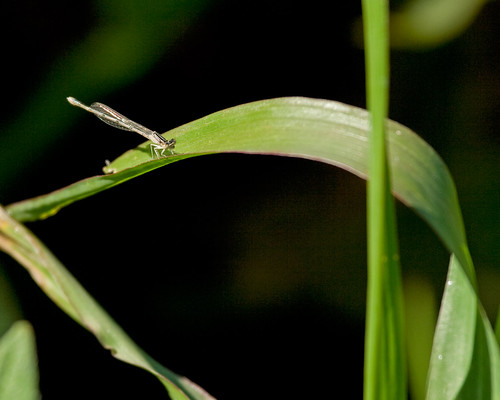
Common Whitetail, juvenile


Eastern Pondhawk, male
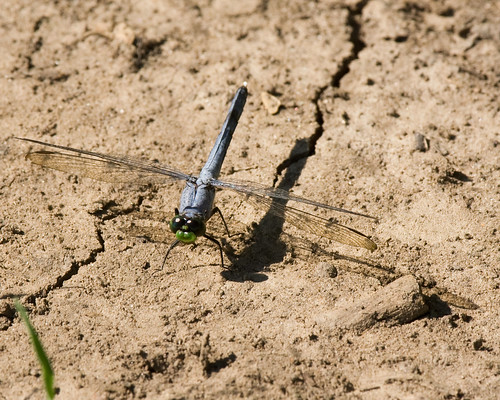
Possible Ruby Meadowhawk:

Twelve-spotted Skimmer, male:

Some butterflies were flying about: quite a few Monarchs, one Viceroy, a Buckeye, Cabbage Whites, and many tiny butterflies and/or skippers I could not identify.
Many small Leopard Frogs were scurrying around to get out of our way, as were hundreds of grasshoppers.
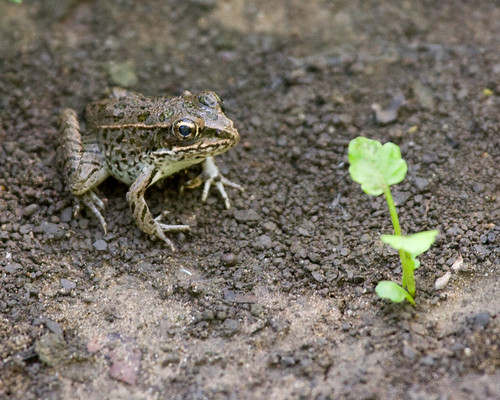
The highlight of the walk were the many peeps in the large pool of water (floodle) remaining from the summer floods at the far western corner of the field. The ones we could identify:
Greater Yellowlegs (I think, could be Lesser) -- 4
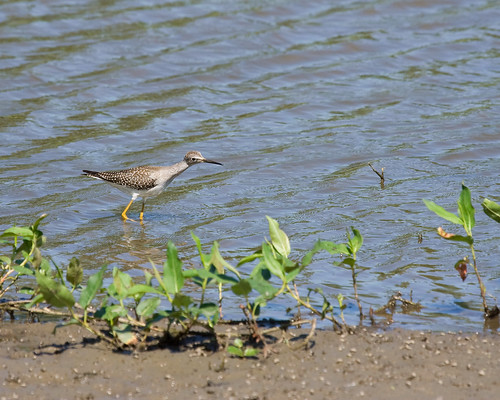
Greater Yellowlegs and Solitary Sandpiper

Solitary Sandpipers -- 2
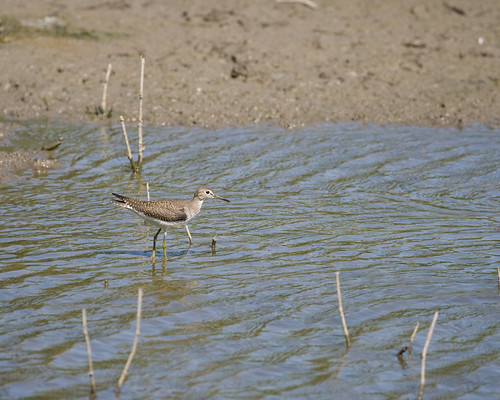
Semipalmated Sandpipers -- 5
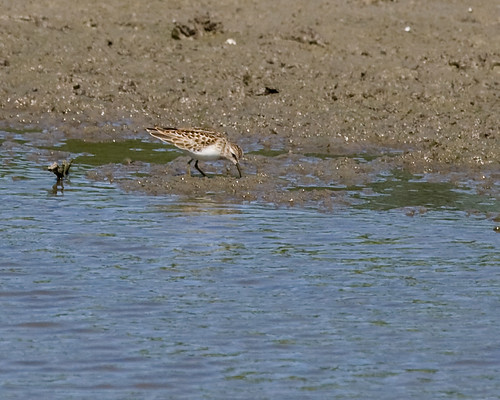
Killdeer -- 12
Great Blue Heron -- one in the floodle, flew away. Two in the marsh at the north end of Rice Lake, one flew over.
Pileated Woodpecker -- 2 flying over
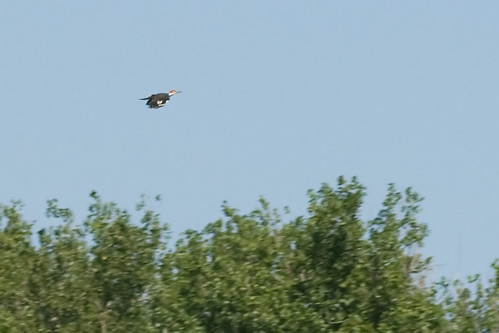
Red-headed Woodpecker -- 1 flying over
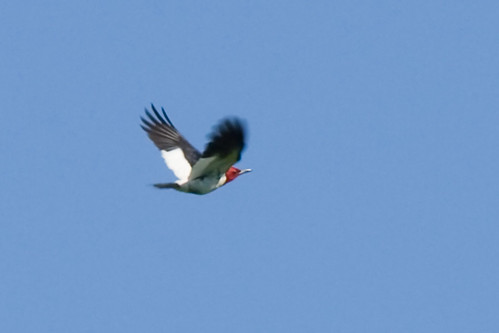
Geese -- 23 flew over
Blue Winged Teal -- one flew over
White-tailed Deer -- one with large rack
On the last leg of the walk, the longest one, along the levee running on the north side of the irregularly shaped field, Scott and I began hearing a buzz. It grew increasingly loud. We began seeing Bumble Bees flying low along the top of the levee, about a foot off the ground, or on the ground, or coming in or out of the many holes in the bare dirt on top of the levee. This part of the levee has not been driven lately; trees have fallen across the berm in several areas. We kept walking, climbing over trees when necessary, as our only choices were going back the long way, crossing the field of asters, or trudging through the swamp on the other side of the berm. The number of bees grew larger and larger. I have never seen any thing like this. They did not pay much attention to us, but I was paying attention to them, trying not to step on any!
